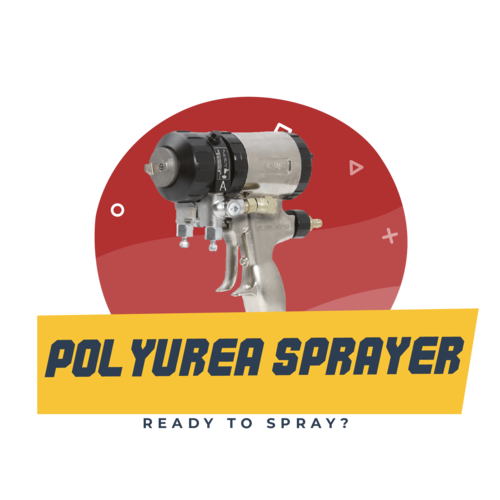The Competition: Polyurea vs. Other Coatings
Many people believe in traditional protective coatings and do not wish to change anything up. There is nothing wrong with sticking with what you know works, however, if you can use a more suitable product for a lower price, why wouldn't you try something new?
The above side-by-side comparison chart shows how polyurea technology compares to epoxy and polyurethane coatings. As you can see, this highlights the advantages of polyurea over the other options.
It is important to understand how polyurea works compared to epoxy and polyurethane. Both traditional systems can take several days to cure. Polyurethane and epoxy are more sensitive to temperature and moisture conditions. Polyurea is a much more straightforward choice because it doesn't have these same issues.
Maintenance costs are another important aspect to remember. Polyurea is easy to maintain. All you need is to wash it off and remove any buildup or grime. It's not necessary, but it makes the product look better.
Polyurethane and epoxy will require maintenance. This may mean that there might be downtime.
Repairing cracks with epoxies will likely be the biggest problem. This can be very difficult.
Polyurethanes will need to be re-coated at least every 4-7 years depending on several factors. The main reason for this is the weak bond to the substrate.
What are the benefits of polyurea?
It takes less time to install and more time to cure.
Polyurea is the clear winner in terms of installation & cure time. We can apply the coating in a matter of hours and then do touch-ups and cut-ins within the same day. You can also get back to work in less time with this coating option than you would with other options.
Less important are installation conditions
Epoxy coatings require that the temperature of the product be maintained at 50 degrees F throughout the installation and cure. Polyurethane coatings have a wider temperature range, so multiple applications may be necessary to achieve the desired thickness.
Polyurea can, however, be installed at temperatures that you don't want to be there for long periods of time. This makes polyurea ideal for installation in cold and hot conditions. Polyurea is a highly buildable coating that requires fewer passes to attain the desired thickness.
Finally, maintenance can be eliminated.
Are there ongoing maintenance costs? Yes, with epoxy and polyurethane. They may need a complete recoat (polyurethane won't). Polyurea will be close to the zero maintenance cost mark, which makes it more attractive in the long term.
Polyurea may have a nominally higher initial investment, but it is more affordable than other coatings when you consider the extended downtime required for maintenance and repairs with epoxies or polyurethanes.
Flexibility and long-term success
It's easy to believe that concrete will remain stable when a protective coating is applied to it. Concrete contracts over time as it cures, so this is not always true. Concrete is extremely elastic and can cause damage to structural compositions. Any protective coating must be able to accommodate this kind of movement.
Polyurea can handle most structural displacements but is more flexible than epoxy or polyurethane. Concrete can often fail internally due to its high bond strength. A polyurea coating may be the best option to prolong the useful life of your infrastructure.


















No comments:
Post a Comment